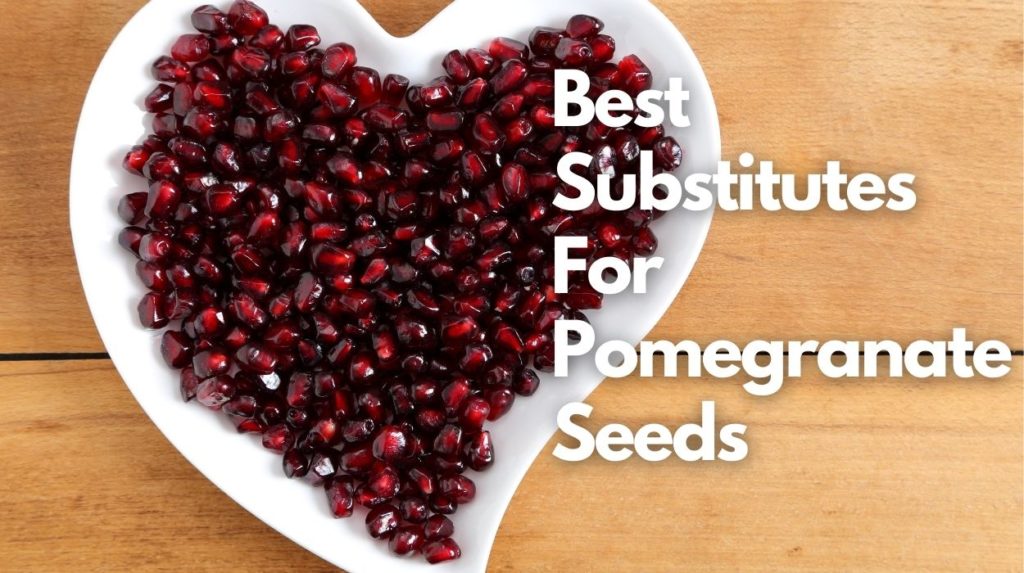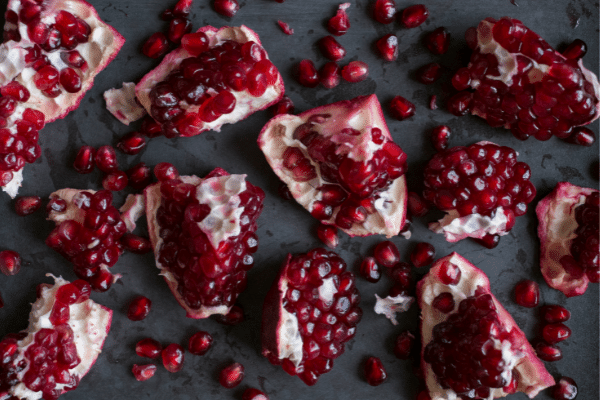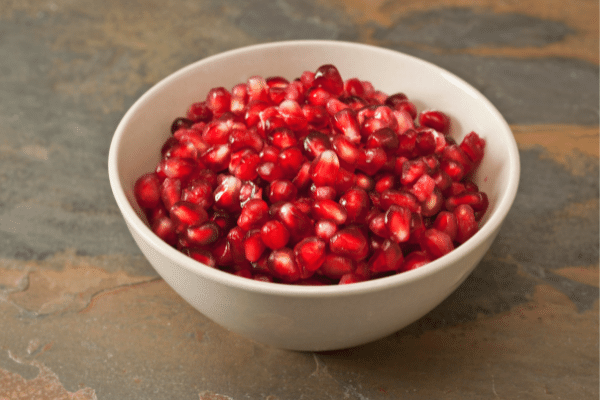Pomegranate Seeds Out? Try These Amazing Substitutes!
Pomegranate seeds, or “arils,” are a culinary treasure. Their vibrant color, juicy burst, and subtly sweet-tart flavor elevate everything from salads and desserts to savory dishes. But what happens when you’re craving that pomegranate punch and find yourself without a fresh fruit on hand? Don’t despair! This article dives into the best substitutes for pomegranate seeds, ensuring your recipes remain delicious and visually appealing. We’ll explore options based on flavor, texture, and availability, so you can confidently swap in a suitable alternative.
Understanding the Role of Pomegranate Seeds
Before we explore substitutes, it’s helpful to understand what makes pomegranate seeds so special:
- Flavor Profile: A balance of sweet and tart, offering a refreshing counterpoint to richer flavors.
- Texture: The juicy, slightly crunchy texture adds a delightful mouthfeel.
- Visual Appeal: Their vibrant red color adds a pop of beauty to any dish.
- Nutritional Value: Rich in antioxidants and vitamins.
Knowing these key aspects will guide you in selecting the best substitute for your specific needs.
Top Substitutes for Pomegranate Seeds
Here are some of the best alternatives to pomegranate seeds, categorized by flavor and texture similarities:
1. Cranberries:
- Why they work: Cranberries offer a similar tartness and a slightly crunchy texture when fresh. They are readily available, especially during the fall and winter months.
- How to use them:
- Fresh cranberries: Chop them coarsely or slice them in half for a similar visual effect and texture.
- Dried cranberries: Soaked in hot water for a few minutes to plump them up and rehydrate them, making them more similar to the juicy texture of pomegranate seeds.
- Consider sweetness: Cranberries are often tarter than pomegranates; you may need to adjust the sweetness in your recipe.
2. Cherries:
- Why they work: Sweet cherries provide a similar color and a juicy burst of flavor, although they lack the tartness of pomegranate.
- How to use them:
- Fresh cherries: Pit and halve or chop them to mimic the size and shape of pomegranate seeds.
- Dried cherries: Offer a chewier texture and concentrated flavor.
- Consider the sweetness: Cherries are generally sweeter, so you might need to balance the flavors with a touch of acidity (lemon juice or vinegar).
3. Raspberries/Blackberries:
- Why they work: These berries offer a similar visual appeal and a juicy burst of flavor.
- How to use them:
- Fresh berries: Use whole or gently crush them to release some of their juice.
- Frozen berries: Thaw and drain excess liquid before using.
- Flavor Profile: Raspberries/Blackberries are generally sweeter than pomegranate, so use them accordingly.
4. Red Currants:
- Why they work: They offer a similar tartness and a small, jewel-like appearance.
- How to use them: Use them fresh, just as you would pomegranate seeds.
- Flavor Profile: Red Currants are similar in tartness to pomegranate seeds.
5. Other Alternatives:
- Red Grapefruit Segments: Offers a nice burst of juice, but not as crunchy.
- Blood Orange Segments: Similar color and a complex flavor profile.
- Candied Cranberries/Cherries: For a sweeter option.
Tips for Choosing the Best Substitute
Consider these factors when selecting a substitute:
- The Recipe: Determine the primary role of the pomegranate seeds in your dish (flavor, texture, visual appeal).
- Availability: Choose an ingredient that is readily available in your area and at the right time of year.
- Flavor Balance: Adjust the sweetness or acidity of your recipe to compensate for any differences in flavor.
- Visual Impact: Consider the color and size of the substitute to ensure it complements your dish.
Frequently Asked Questions (FAQs)
1. Can I use pomegranate molasses as a substitute?
Pomegranate molasses is a concentrated syrup made from pomegranate juice. It’s a good option for adding pomegranate flavor, but it won’t provide the same texture. Use it to flavor sauces, dressings, or marinades.
2. Are there any substitutes that offer a similar crunch?
Fresh or frozen cranberries offer the closest crunch to pomegranate seeds. If you need more crunch, consider adding toasted nuts or seeds to your dish.
3. How much of a substitute should I use?
Generally, use the same amount of the substitute as you would pomegranate seeds, or adjust to taste. For example, if a recipe calls for 1/2 cup of pomegranate seeds, start with 1/2 cup of fresh cranberries or raspberries.
4. Can I substitute pomegranate juice?
Yes, pomegranate juice can add flavor. Use it in sauces, marinades, or to make a simple glaze. However, it won’t provide the same visual appeal or texture as the seeds.
Conclusion
Lacking pomegranate seeds shouldn’t stop you from enjoying delicious and visually appealing dishes. With the right substitute, you can easily replicate the flavor, texture, and visual impact of these culinary gems. By considering the tips and alternatives outlined above, you can confidently create amazing meals, salads, and desserts, even when pomegranate seeds are out of reach! Happy cooking!




